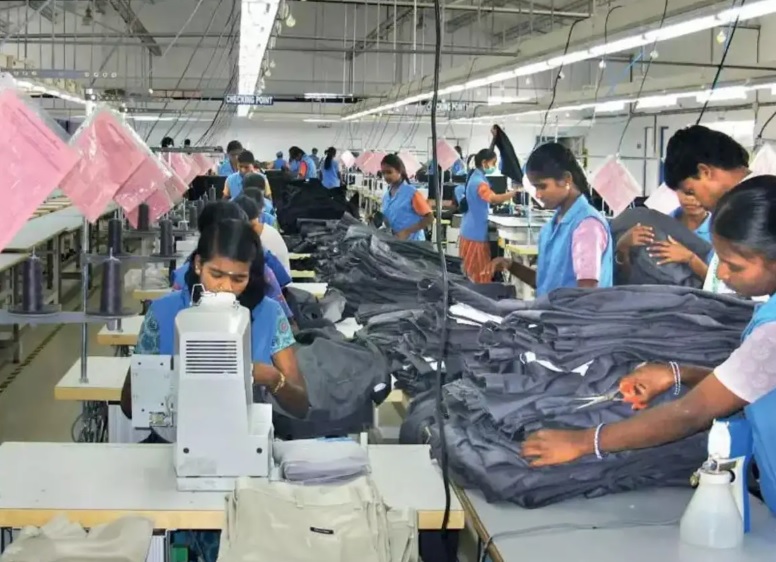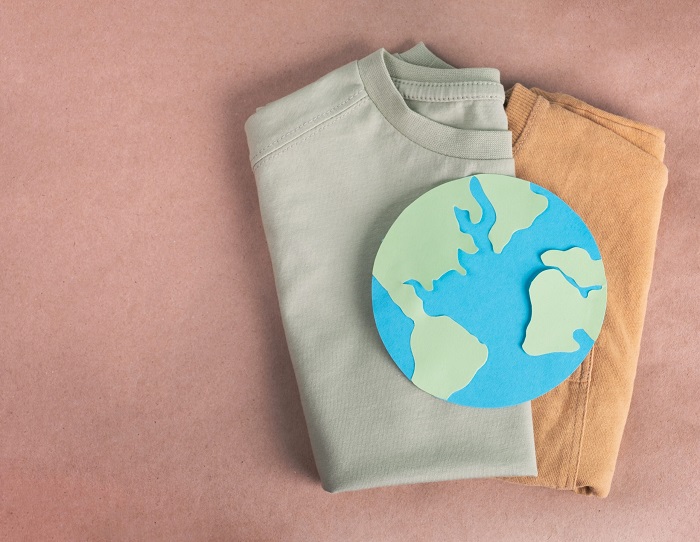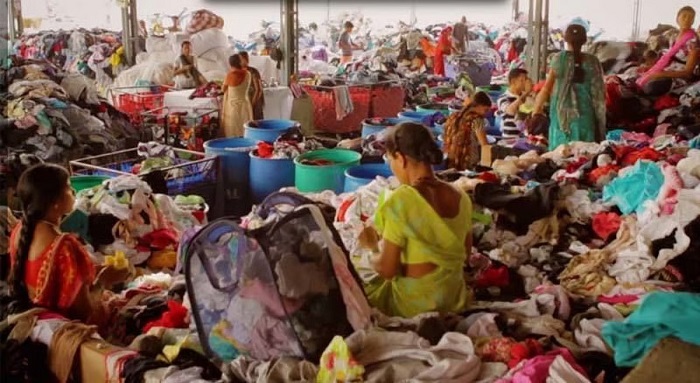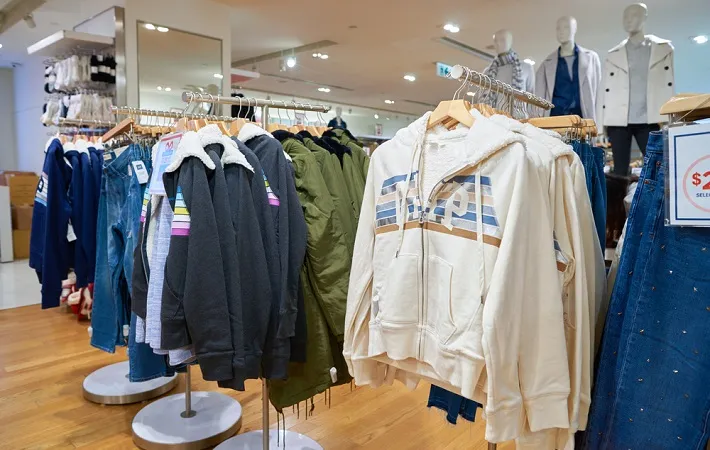
India has emerged strong in the global textiles and apparel segment with 5 per cent market share. As of now, India’s market is worth $180 billion and target is to take it up to $300 billion by 2021. To achieve this goal, India needs to strengthen its position across all levels of the value chain. In an exclusive interview Dr. Kavita Gupta, Textile Commissioner, Ministry of Textiles speaks to Fashionating World about the issues confronting the textile industry, and what needs to be done to boost growth in every segment of the overall textiles sector
How do you see India’s textile prowess?
India is the second largest exporter of textiles and apparel next only to China. But we are a distant second. China’s share is almost 40 per cent of global exports; India’s is about five per cent. India can do much more. At one time, we were known for our muslin, yarn and cotton. Our share was as high as 45 per cent of the global market. We have the raw materials, capacity and capability, manpower resources. We are also the fashion hub of textiles. We are coming up well in apparel made-ups. We have a huge spinning capacity.
What’s the way forward?
The domestic market is worth $110 billion. The export market is worth $70 billion. By 2021, we have to increase to $300 billion from $150 billion now. So we have to strengthen each level of the value chain from fiber to fashion. We can reach this target by focusing on value addition. This will increase the value of products. If we sell only at a lower level of the value chain, we don’t get higher realizations. If we focus on value addition, with the same kind of product, we can get bigger and higher value.
If we see our fibre potential, we have approximately 6.5 million tons of cotton fibre and approximately 2.5 million tons of synthetics/man-made fibre/filament yarn. We can increase cotton fibre to a maximum of eight million tons. But we can increase synthetic fibre up to 12 million tons. So that we can reach 20 million tons of fiber strength. This can be done with higher productivity in cotton and by producing more fiber into synthetics. We need policies for fiber neutrality and rationalizing the excise and duty structure. Ideally, in order to increase fiber production, we have to induce investments. This will be both sustainable, and our profit margins will be better, value addition will be better. If we can’t induce investment, we have to rely on fibers coming from outside. In manmade fiber, the excise duty is 12.5% now. Fiber neutrality means all fibers are treated in the same way.
Moreover, we have to balance various segments of the textile value chain. Now we have a strong spinning segment but processing and weaving are relatively weak. We are promoting garments, which we hope will pull up the various segments. Most garments made in the country today, source material from domestic fabrics. If we promote this, the weaving industry gets pulled up. This is one of the aims of the special package for garmenting units.
Are any new schemes in the offing?
India is the biggest cotton producer and exporter. But we have to ensure consistent quality and better delivery mechanism and logistics. This will ensure the exports market has confidence in us. We have to reduce costs and improve pricing. This can only happen with better levels of productivity and efficiency.
Training is necessary for this. Manpower has to be skilled up. We have the Integrated Skill Development Scheme. We give a worker Rs 10,000. We have formulated various modules of training programs and have an independent third party assessment of trainees. This determines if they have acquired the necessary skills. And of the people who have been trained, 70 per cent need to be placed in the entire value chain of the textile sector. For the garment sector, there is a special package for Garments including also a Scheme for Production and Employment Linked Subsidy for Garmenting Unit (SPELSGU). Now, we want to go full steam into both domestic and exports of garments. In both markets, we compete with foreign brands. So, we have to defend the domestic space and capture export markets and also develop our own product brands.
What is the scenario of cotton exports and the development of textiles?
Most of India’s cotton produced is consumed domestically, with small exports. This year because prices are high in the domestic market, exports have automatically come down. But restricting exports will not be beneficial as it will lead to a price rise. In the global competitiveness index, India has jumped 16 notches in a year. That means we are poised for growth. People are now complementing each other. They understand the success of one segment depends on the success of other segments. They are not only concerned about their own segment but want other segments of the value chain to improve or become more competitive. One example is Liva, it’s an example of forward and backward integration. Liva is trying to pull all the segments of the textile value chain. This example should be replicated by other industry partners. I believe people will see the importance of having an integrated approach. We have a greater development of integrated and composite units. A substantial portion of the TUF subsidy has gone into composite units in the textile sector, where different segments of the value chain are integrated.
Does our role in synthetics need to be enhanced?
India’s proportion of cotton to synthetics is 60:40. That means synthetics has a substantial role. So, we are catching up on synthetics. Even in big clusters like Bhiwandi or Surat, it’s mostly synthetics or blends. Cotton blends has the advantage of low maintenance, higher strength, lower cost. So our sectors are moving towards synthetics or blends. Our domestic market is $110 billion and exports is $70 billion. That means, exports are substantial. And India is giving a big push to the garment industry. Garments is the only industry that has a subsidy of 25 per cent. TUF is 15 per cent and there is a 10 per cent additional subsidy. In all other segments, except technical textiles, we have a TUF subsidy of only 10 per cent. We have textile parks that are only garmenting. Made-ups are also coming up in a major way. We have buyer-seller meets, international exhibitions, fashion shows. Branding activity is also taking place. We are looking at developing brands. Many brands are sourcing from India. The garments with brands of Reid and Taylor, Marks & Spencer etc., are made here. But if we can develop five or six brands of our own at the global level in a few years, it will be a huge thing.
Will free trade agreements (FTA) accrue benefits for India?
India is working out FTAs with various countries. But China does not have many FTAs, yet it has penetrated all markets. Indeed, FTAs are important to expand, as they give better access to Indian products in other markets, but FTAs are not the only way to penetrate foreign markets... With TPP, some Indian investors are already going to Vietnam. So we can do what China is doing. We can route our industries and take advantage of TPP by sourcing some part of the value chain over there. We can expect prices in TPP member countries to increase because of demand and supply. There will be pressure for investment in TPP countries. Labor and land costs will over a period rise. Power tariffs too may rise. All this will increase production costs. I have seen many FTAs leading to higher production costs. Because of this, India will become more competitive and we will have a competitive advantage.
How strong are we in economies of scale?
Economies of scale are helpful in bringing down prices and in establishing an integrated value chain. India is looking at policies and programs to encourage economies of scale. Looking at the demand, industry is also moving towards building economies of scale.
What’s the progress in technical textiles?
India is looking at technical textiles. As GDP grows, demand for technical textiles in India will grow. We are promoting the use of technical textiles. India has special technology missions for technical textiles; we have built Centres of Excellence in textile research associations. Apart from R&D, the focus is also on incubation centres in these Centres of Excellence, where people can develop and commercialise new products. The incubation centres have a plug and play model. Without any investment, people can come and develop the product, commercialise it and move out when they are comfortable, so that they make space for a new entrepreneur to develop his product in a commercialised way.
Different Centres of Excellence have been identified for various segments of technical textiles. Geo textiles are used in roads and infrastructure. We have schemes for the use of geo textiles in the Northeast and hilly areas. We are promoting the use of agro textile in agriculture for conserving water and improving crop productivity. We are promoting Meditextiles for hospitals and health care. We also have industrial textiles and protective textiles for industrial and safety purposes.
What about technology upgradation?
Upgrading technology is a crucial area. We either import the technology through TUF or have R&D. We have a special focus on this and are funding research in textiles and textile machinery. This will give a direct impetus to the growth of the textile sector.












